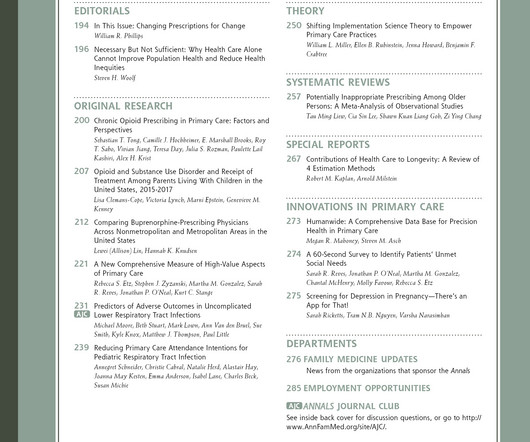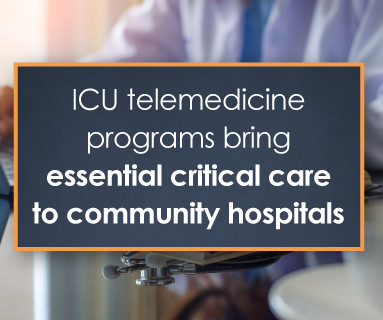Risk of Acute Rhinosinusitis Progression Based on Duration of Symptoms, Method of Care, and Setting of Care [Acute respiratory infections]
Annals of Family Medicine
NOVEMBER 20, 2024
Context: One of the most common primary care illnesses is acute rhinosinusitis (ARS). Setting & Population: Six practice-based research networks recruited patients aged 18-65 years with upper respiratory symptoms. Patients were recruited from primary care practices, emergency rooms and urgent care centers, and the community (e.g.,















Let's personalize your content